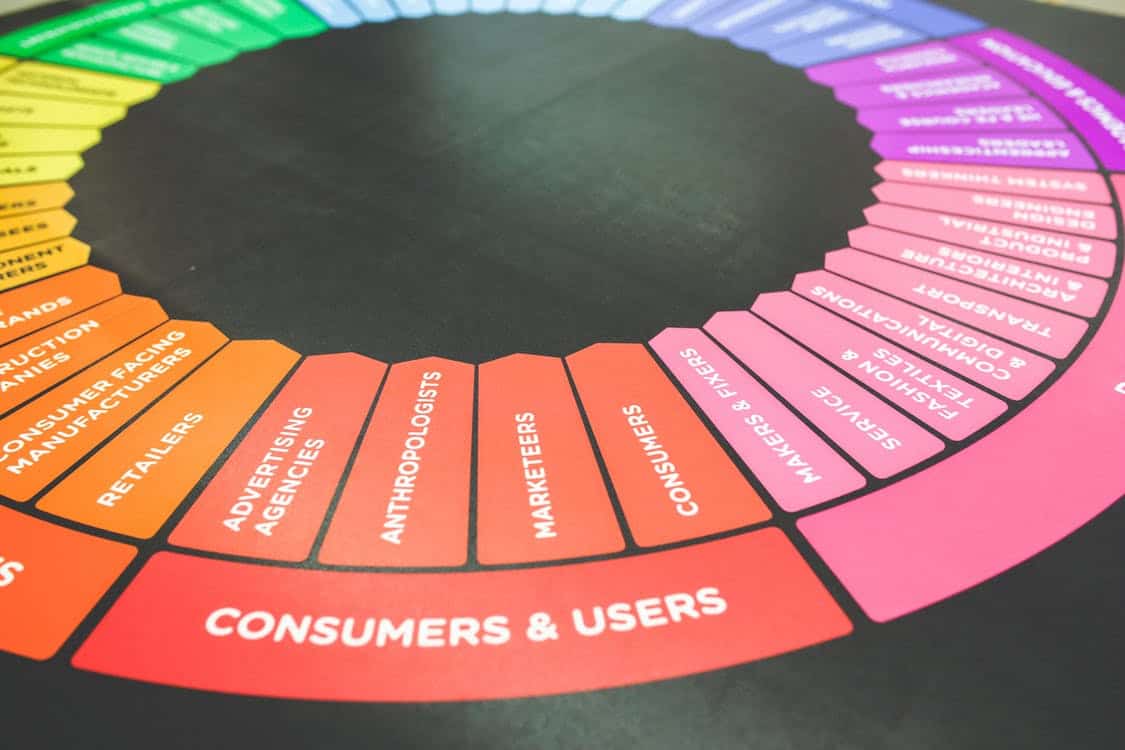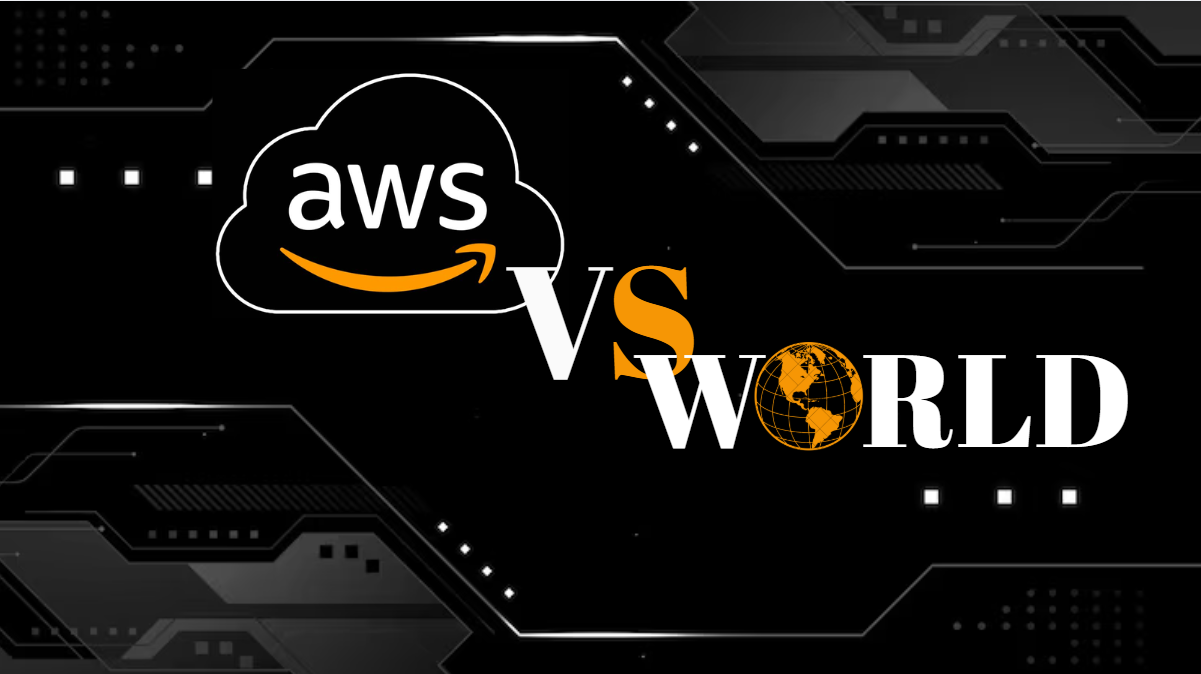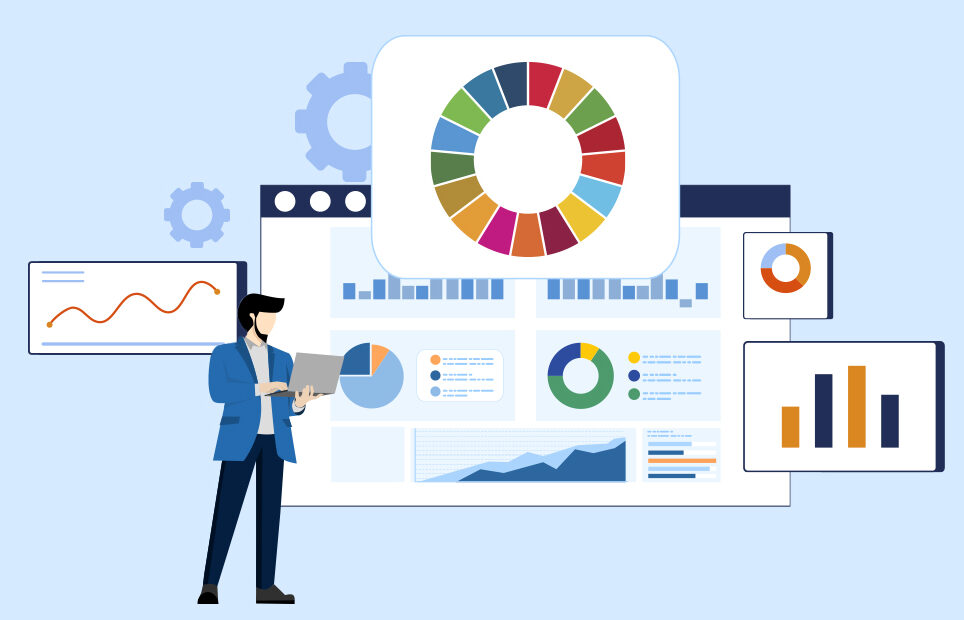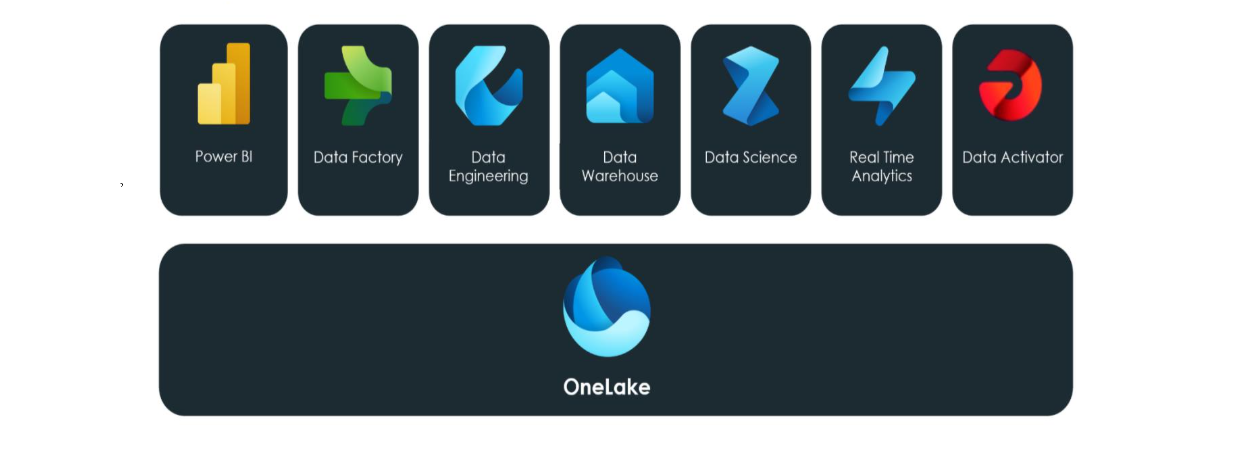There has been an enormous increase in digital channels like social media platforms, cloud applications and other online services. This phenomenon has provided businesses with a chance to improve the user experience that their customers have whenever they use their products and services, thereby providing them with more value and increase customer satisfaction rates. Let’s review the various types of data that can be attained from customers nowadays, like the types of websites they check, the purchases they make online, the ads or websites they click on, the amount of time spent on social media, the amount of data consumed on their mobile devices, etc. By following the procedures of data analysis and other techniques, the modern marketer can sustain relationships between their customers and improve their products or services in more profound ways.
This shows that with the large amounts of digital data that is available nowadays, there could be a huge breakthrough in the fields of customer relationship management and marketing analytics as well. This large customer data can be depicted in the form of three V’s that is, volume, velocity and variety. With the help of marketing analytics, businesses can create very big information hubs on customers shopping behaviors. This data is also attainable in real-time (also known as velocity), thereby creating marketing models that identify and track the marketing activities of consumers as they search for particular products or services, and check for more information related pricing, quality, warranty, etc. This immense data comes in various forms such as the basic numerical data model by which we can create data for many years (also called variety). This data consists not only of numerical data, but also text, image, and video data in files that are interrelated in some way. The development of this big data has important consequences in the various technological stages and marketing analytics approaches
The big data doesn’t guarantee the performance of various marketing techniques, thus businesses have to invest in the development on marketing science techniques and data analysis methods. When joining this huge data with a combined marketing strategy, a marketer can make a significant impression in various important areas:
- Customer Value Analytics (CVA). When it comes to large data, many marketing experts are able to deliver reliable customer and user experiences across different marketing channels.
- Customer engagement. Large amounts of data can help provide information not only about your customers, but who they are, where are they located, what they desire, how they wish to be contacted by your company and at what time.
- Marketing performance optimization. When you make use big data and information, you define the ideal amount of funds that marketers need to spend across various channels, and also endlessly work towards improving marketing programs by testing, measuring and analyzing.
- Customer retention and loyalty. A lot of big data can even help to discover the contributing factors towards customer trust and what are the attributes that make them come back to your business repeatedly.
Also, big data enables the business to get more customer-lever data, information and computational ability to execute customer-based analysis. Analysis based on customer information focuses on forward-looking forecasts by using stochastic modeling techniques. These forecasts usually range from sales trajectories (based on aggregates) to individual-level anticipations based on circumstances that are used to create estimations of lifetime value of customers. Many models of customer-based analytics are categorized across various types of business settings and customer relations.
Distinguishing both the non-contractual and contractual types of settings is determined based on whether the “death” of a consumer is able to be observed (contractual) or cannot be observed (non-contractual). The other difference is if transactions are able to occur at any given point of time (continuous) or at some discrete points in time (discrete). The upper-left quadrant (Figure 1) has received most of the attention by those who were pursuing customer analytics. The various models developed for this quadrant are basically to determine which consumers are the most expected to be “alive” at T (given their individual buying histories), and ii) to create forecasts for the amount of business we can expect from these consumers in the near future. The various models in the contractual settings are focused on answering the following questions of interest, i) “which customers are at the higher risk of churning next period?” or ii) “for how long is this customer expected to stay with us, provided the information about his current relationship with the company till date?”. The different models for these queries fail in the areas of survival analysis.
The customer-based analysis logic is that the behaviors that are observed are modeled on a function of individual’s latent behavior attributes by using appropriate distribution probabilities, and heterogeneity across different customers are seen by other distributions and observed customer attributes. The Bayesian theory helps us to make implications about an individual’s latent features given his observed behavior. We then make forecasts about future behavior as a function of the indirect latent attributes, like the likelihood of being alive, the expected amount of purchases at a future period, and the value of the customer lifecycle.
In this era of Big Data, the different marketing science models, like the consumer choice modeling, customer value over lifetime, consumer behavior models, brand choice and valuation, consumer-preference measurement, and modeling based on consumer behavior, will be fully utilized by businesses to offer new understanding to marketing difficulties.











